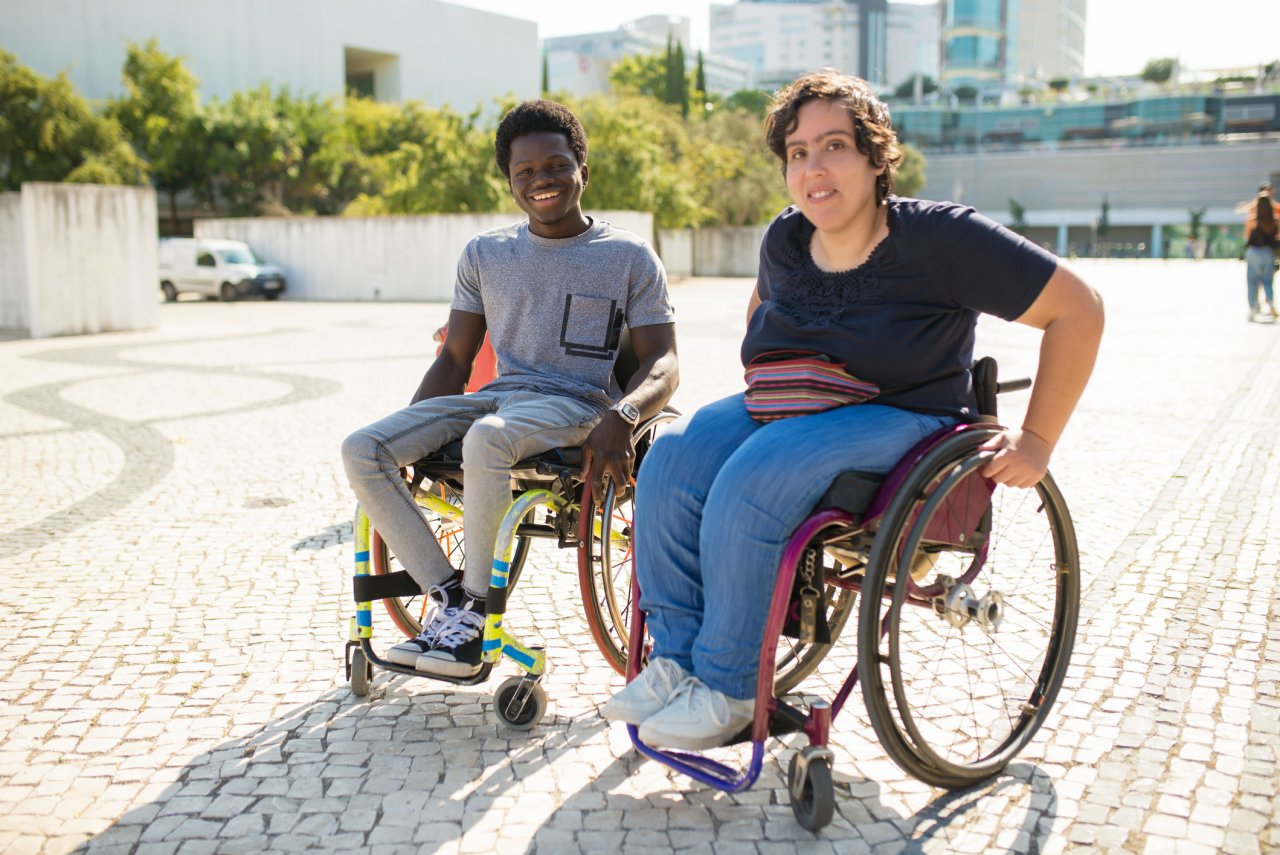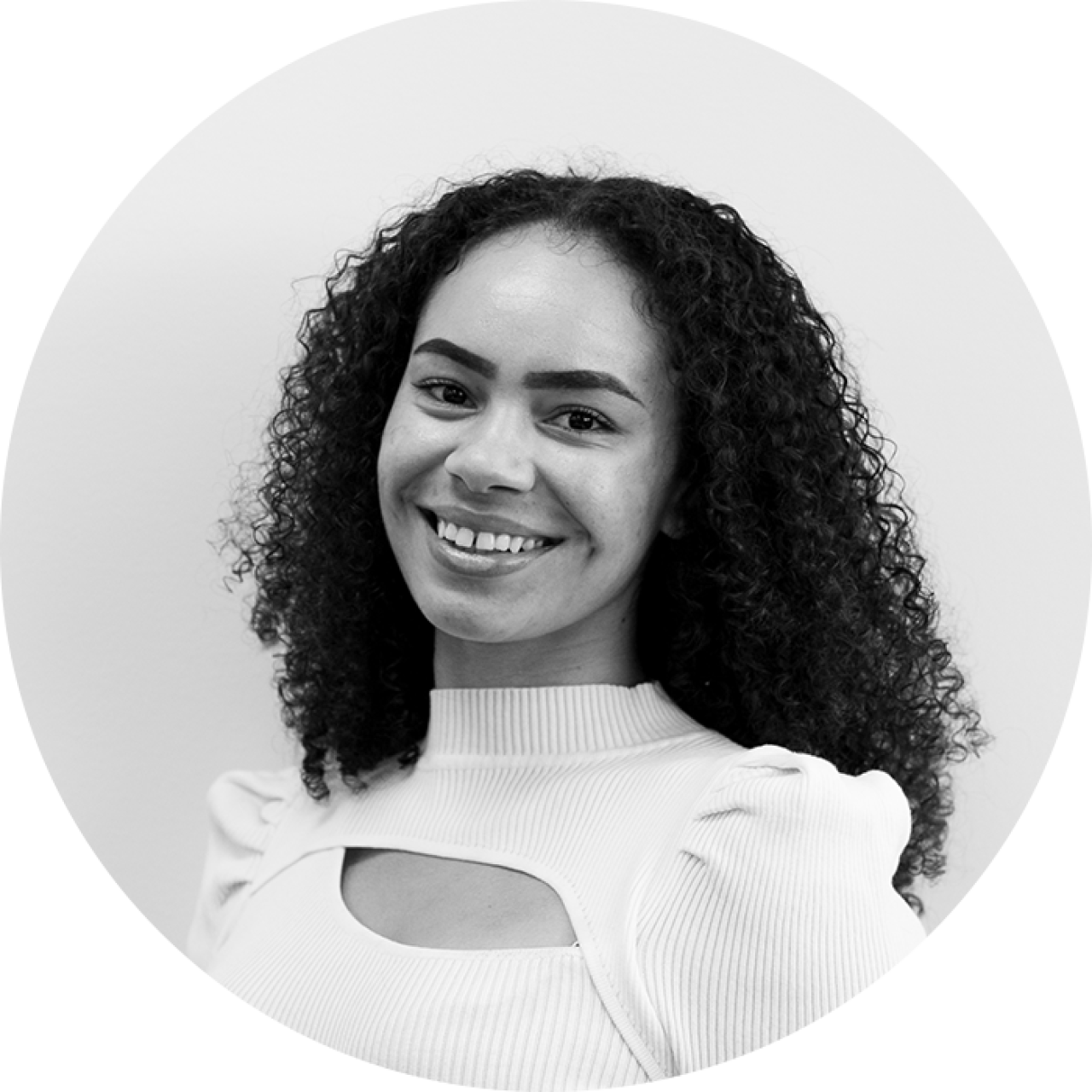Strategies for Promoting Disability Inclusion in Philanthropy Projects and Programs
In this article, we’ll share key strategies that empower foundations to play a role in fostering inclusivity and equal opportunity for people with disabilities.

People with disabilities make up about 26% of the U.S. population, yet they continue to be vastly underrepresented in foundation board and staff positions. Even organizations that fund disability work often have a noticeable lack of internal disability representation. This lack of representation is counter to the disability rights tenet, “Nothing About Us Without Us.” It can hamper a sense of belonging for disabled individuals on staff and hinder the impact of the foundation.
Authentic disability inclusion requires that people with lived disability experience be at the table, making decisions for their communities. Even organizations that do not directly work on disability can better shape social progress by prioritizing disability inclusion in their grantmaking efforts. Whatever demographic you serve will include people with disabilities. Not only do one in four people have a disability, but people with disabilities are overrepresented in many marginalized groups that nonprofits support, including people who are unhoused, long-term unemployed, seniors, veterans, abuse survivors, or foster youth. Promoting disability inclusion will improve the services supported by any foundation.
Disability inclusion must be a priority for philanthropic organizations striving for equity and social change. Foundations can promote disability inclusion in their grantmaking efforts by implementing strategies such as
Collaboration with networks
Inclusive RFPs
Building inclusion into project budgets
Involvement in advisory groups
Accessibility at events
An intersectional approach to diversity, equity, and inclusion
Disability inclusion is not an add-on, but an integral part of philanthropy's journey towards a more equitable world.
Creating Inclusive Requests for Proposals (RFPs)
Disability inclusion should be a criterion in all RFPs developed by foundations. By incorporating questions about how grantees plan to include people with disabilities from the start of project development, disability inclusion becomes an organic part of grantmaking. Funders can emphasize their commitment to disability inclusion even further by prioritizing projects that have people with disabilities in paid leadership or advisory positions. This approach sends a clear message to potential grantees about the importance of including people with disabilities in their programs and projects, not only as participants or beneficiaries, but also as leaders and subject matter experts. It also ensures that disability inclusion is not treated as an add-on, but rather as an integral component of the funding process.
Building Inclusion into the Project Budget
Another way for foundations to communicate the importance of disability inclusion to applicants is by providing a budget template that has dedicated lines for inclusion and accessibility related items. This may include accommodations like sign language interpreters and live-captioners for meetings and webinars, assistive technology project staff may need, or stipends for disabled participants. Having explicit line items for these services and activities requires the applicants to develop their disability inclusion strategies and have actionable steps to take for inclusion and access in their projects.
Strengthening Collaboration and Networks
To make their grantmaking disability-inclusive, foundations can start by actively engaging with the networks and collaboratives they fund. If disability organizations are not already part of these networks, foundations should support their grantees in building relationships and finding the most strategic approach to inclusion. From here, foundations can begin building relationships and explore ways to deepen their involvement. By including disability expertise within broader coalitions and networks, foundations can bridge gaps between social movements and enrich the understanding of inequality.
Adapting Advisory Groups for Disabled Perspectives
Foundations can further promote disability inclusion by involving people with disabilities in advisory groups. These groups can create agendas and develop initiatives that offer unique opportunities to bridge communities, facilitate learning, and build relationships. By having leaders with disabilities in these groups, foundations can ensure that the voices and priorities of people with disabilities shape big-picture conversations and strategic priorities. In doing so, foundations contribute to the broader understanding of disability inclusion across their initiatives and programs.
Want to dive deeper into how your organization can create a disability-friendly advisory group? Check out our article.
Ensuring Accessibility at Events
Ensuring accessibility at all events produced by foundations is essential to promote the participation of people with disabilities. By prioritizing accessibility, foundations not only increase the involvement of individuals with disabilities, but also spark important conversations about their inclusion in broader programmatic efforts. While this may require additional resources, it is crucial to incorporate accessibility into event budgets as a standard practice, just as other items like language translation and audio-visual services are accounted for.
An Intersectional Approach to Diversity, Equity, and Inclusion (DEI) Strategies
Disability is often overlooked in DEI efforts. To address this gap, foundations should consider disability status alongside other identity groups and encourage grantees to do the same. By examining how organizations think about disability inclusion within their staff, advisory groups, and board, practical changes can be made to strengthen disability inclusion at an institutional level. It is important to emphasize that considering disability does not diminish the focus on race, gender, or other aspects of diversity, as identities intersect and are interconnected. Instead, disability inclusion makes DEI strategies more robust and holistic.
The Disability Inclusion Pledge
Foundations can demonstrate their commitment to disability inclusion by signing the Disability Inclusion Pledge. This pledge, created by the Disability and Philanthropy Forum, provides a framework for grantmakers and philanthropy-serving organizations to embark on their journey toward disability inclusion. Ability Central signed the pledge in 2022 after collecting input from our board, staff, and community. If you’d like to consider signing the pledge, you can learn more from the Disability and Philanthropy Forum.
Resources
Explore LearnAbility, Ability Central’s professional development project, for in-depth resources that support inclusive and accessible grantmaking practices. Check out our other articles in this series.
We’re updating LearnAbility content regularly, so more articles and resources will become available all the time.

Alyah Thomas is the Accessibility and Engagement Specialist at Ability Central. She supports the organization by bridging gaps between programs, facilitating community engagement, serving as a subject matter expert, and sharing information with others on their accessibility journey.
Alyah holds a bachelor's degree in Deaf Studies from California State University, Northridge, an Executive Certificate in Nonprofit Fund Development from the University of Notre Dame, and is an accredited Certified Professional in Accessibility Core Competencies through the International Association of Accessibility Professionals. With a keen eye for detail and an interest in fostering inclusive environments, Alyah has been engaging with disabled communities and working to improve access to communication and information in various capacities for more than a decade.